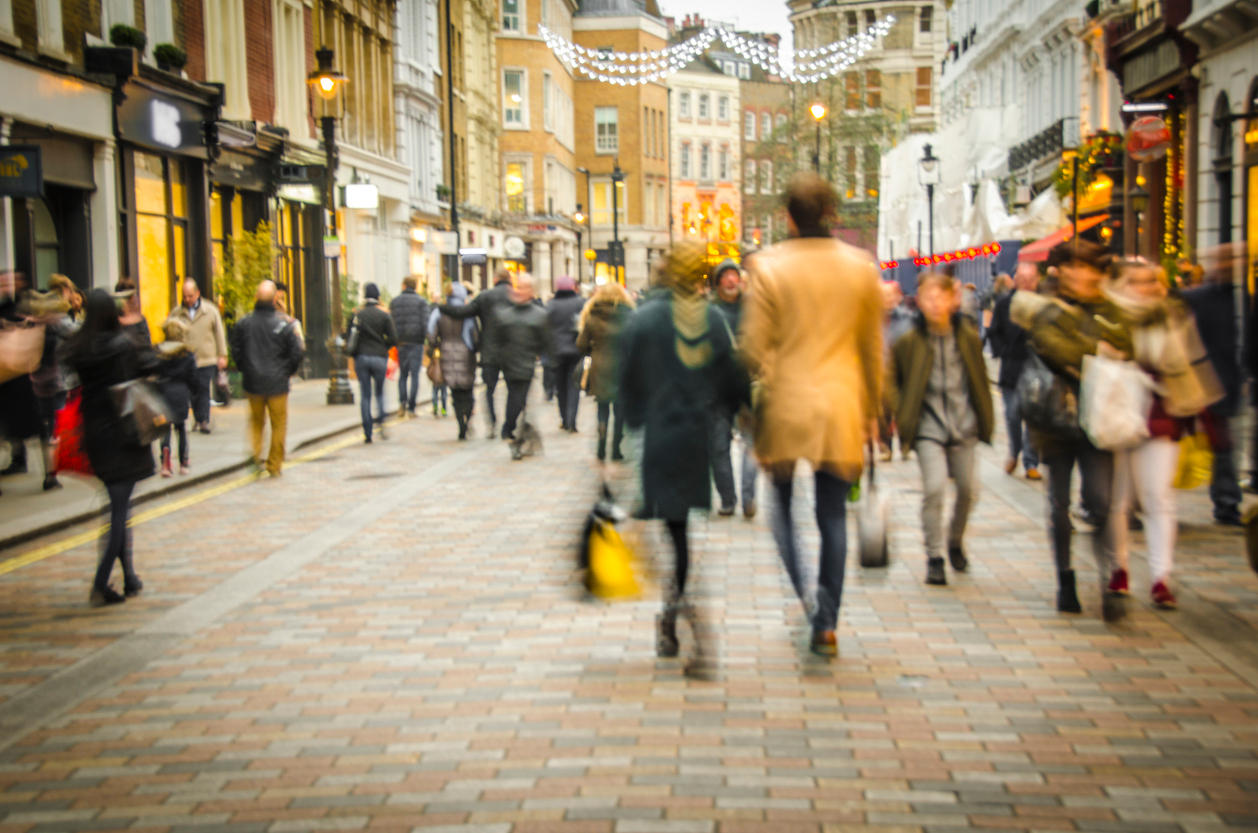According to new research by the Centre for Cities think tank, reviving struggling UK high streets could cost up to £5 billion.
The report highlights stark regional differences in retail health, with cities like Bradford, Newport and Blackpool facing shop vacancy rates more than double those in London.
The study argues that reforming the “flawed” business rate system won’t be enough. Many properties in poorer towns already pay no rates, and deeper issues are at play, mainly low local spending power and weak central populations.
While wealthier areas like London, York, and Edinburgh have adapted their high streets to dining, drinking, and leisure, this shift hasn’t happened in less affluent cities. Fewer residents live in the centre, and people have less money to spend.
In cities such as Bradford, Stoke and Wigan, only £1 in £10 is spent on dining out, and vacancy rates exceed 16%. In contrast, London spends £1 in £4 and has a 7.4% vacancy rate.
The success of a high street depends not just on wages, but also on how many people it serves relative to its size. Struggling places like Newport and Sunderland have many shops for their population, whereas cities like Brighton and Liverpool have a more balanced ratio.
Tourism also plays a role: York supports many shops thanks to visitors' spending. Meanwhile, towns like Swindon and Slough struggle despite strong local economies, as workers often shop at out-of-town business parks.
Talk to us about your business.

















